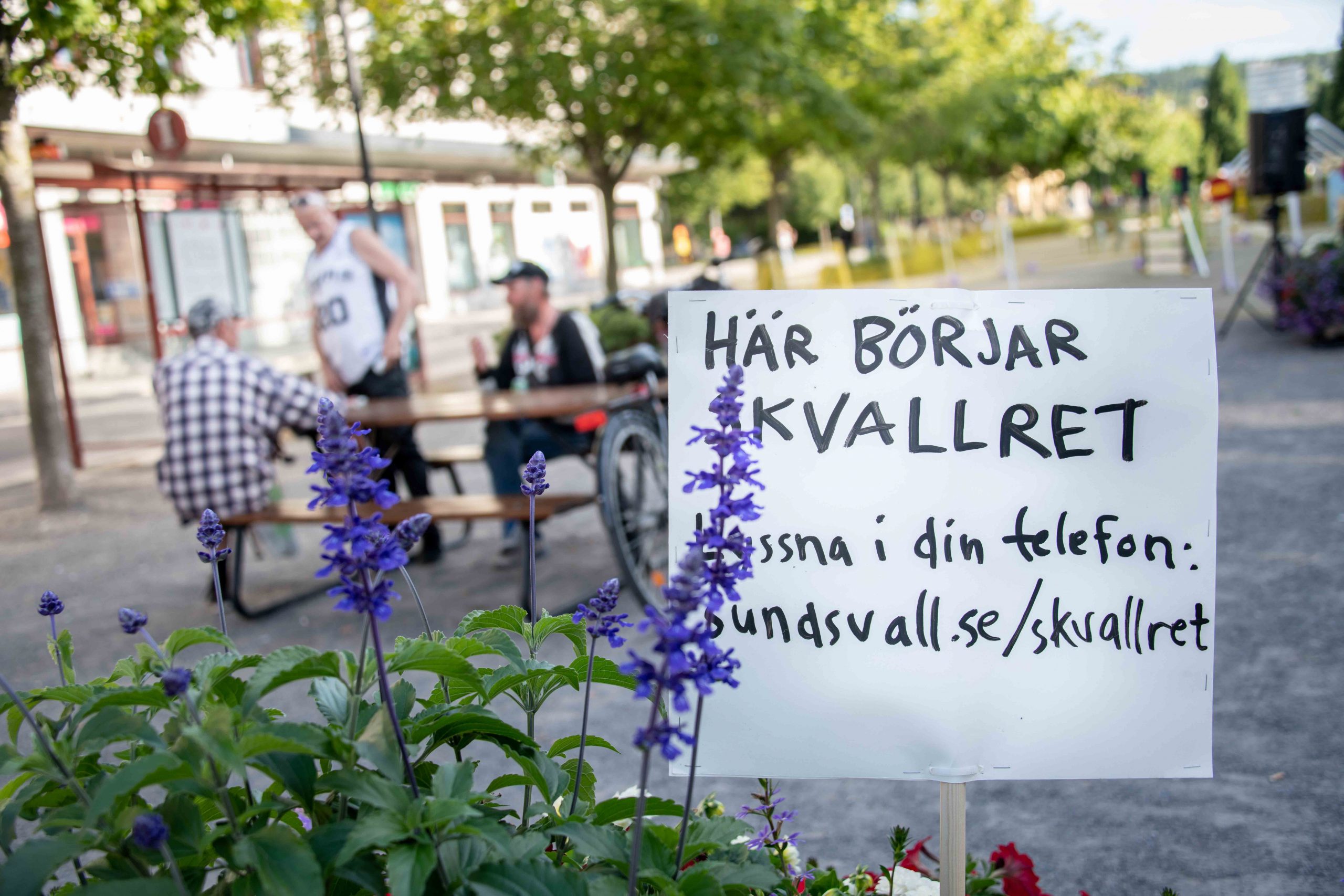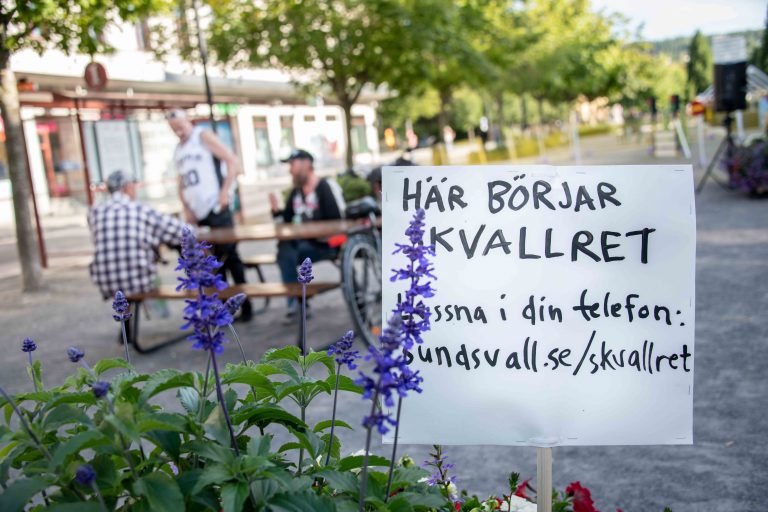Many people have experienced intense emotions or have had ideas while encountering an artwork. Unlike art in museums and galleries, public art encounters people who have neither chosen to experience the artwork or who can be assumed to possess the necessary tools to fully appreciate the work. So how does one garner an interest for public art and anchor the process from idea to finished artwork?


Firstly, it is important to be aware that anchoring and engagement are not a one-off occurrence, but rather a task that must be pursued with a long-term perspective. If the public feels that an artwork has just “landed” in their environment, the reaction may be suspicion or even resistance. Contemporary art, however, has many qualities – ranging over aesthetics, social relations, local history and more – which makes it an excellent entry point for discussions on larger contexts than an individual artwork. No prior knowledge of art is required to participate in this conversation as it deals with fundamental values, including what it means to be human today, where society is headed or what role culture should play in our shared everyday lives.
Anchoring – a Part of the Entire Art Process
The production of a public artwork usually involves advisory groups. An advisory group often comprises representatives of local stakeholders such as users, property owners, an architect, a landscape architect and an art project manager/curator. An advisory group plays a crucial role in a project, why it is important that the group members are motivated and understand what is required of them. It is generally easy to create interest in art and artists but it should not be a one-way street. In order for the commissioner, curator, artist and advisory group to enjoy fruitful meetings, mutual respect and generosity must prevail in the project. Not only positive voices should be heard, a good dialogue presupposes multiple voices with varying nuances. Participants in an advisory group should feel chosen and be aware of the mandate that accompanies the commission, which includes representing broader issues and not only oneself.
The Site in Focus
To the uninitiated, contemporary art may be perceived as inaccessible. A public artwork is for the most part created for a specific location or situation. Therefore, it is often a good idea to anchor the artwork by basing the discussion on the site or the specific situation and its circumstances. Which activities are conducted here? How do people relate to the place? Who lives and works there? Are there interesting background stories to create narratives from? Most of us have an idea about these things and artists like to work with this as raw material.
When the Artwork Is Installed
A well-anchored art project lives on long after the artwork has been inaugurated and the artist has left. Some artworks manage to maintain a level of interest by themselves, but for many others an active effort is required. Printed or digital presentation material, recurring tours and collaborations with local art educators are examples of how to keep the interest alive. It is most important to never allow oneself to be lulled into believing that one has provided a statement with a sell-by date. A public artwork acquires new meanings each time it encounters a new viewer.
Involvement from Civil Society
Today, in their work processes many artists involve people who live and work in the places designated for future artworks. This applies, not least, to the many artists who are engaged in various societal issues and discuss and comment on the major philosophical questions of our time in their art. No one knows the place better than those who live there, and for the artists this knowledge can be crucial at several stages of the process. In these projects, it is extremely important that the institution behind the project and the artist are clear about which role the project participants will have. Why is their participation needed? Everyone involved in the project must participate on equal terms and receive remuneration. It is also important to convey which values an artwork is intended to bring to the site where it is created, installed or performed. Anchoring is exceedingly important and central to the artist’s work process. Such artworks are completely dependent on a local context and local anchorage and cannot be realised without the involvement of the local residents.